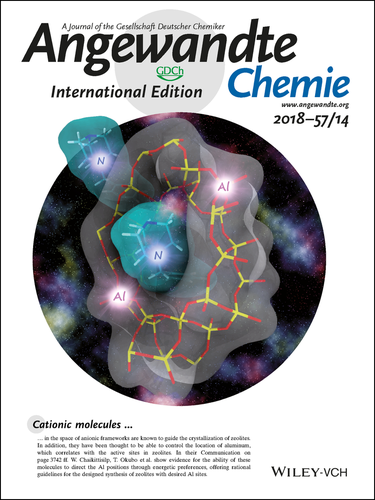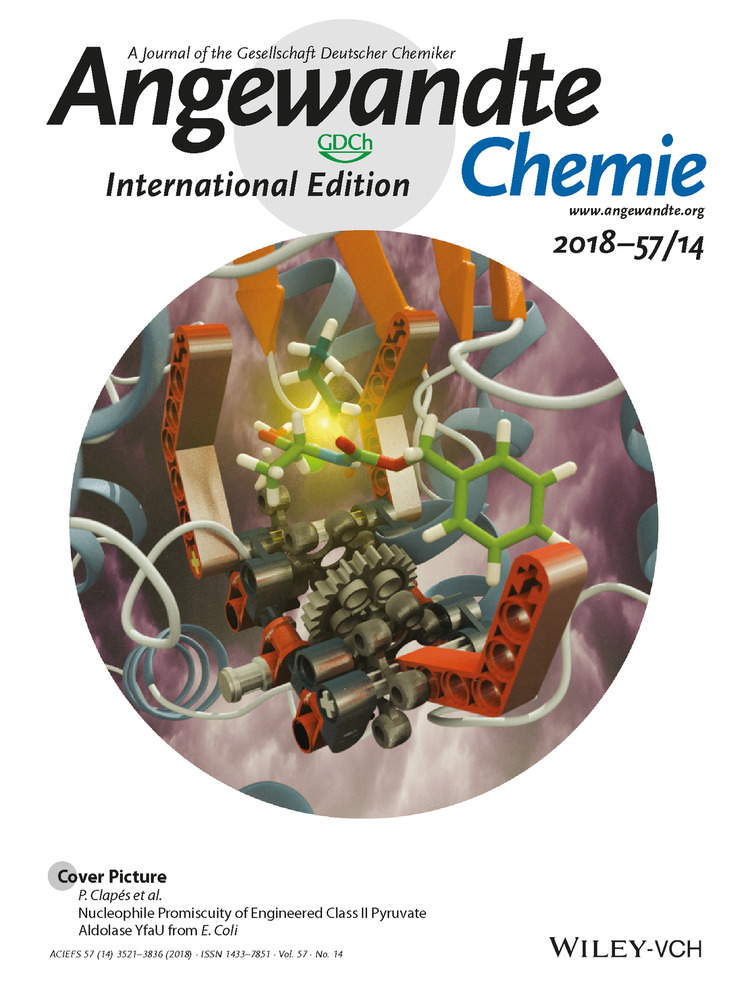Inside Cover: Directing Aluminum Atoms into Energetically Favorable Tetrahedral Sites in a Zeolite Framework by Using Organic Structure-Directing Agents (Angew. Chem. Int. Ed. 14/2018)
Graphical Abstract
Cationic molecules in the space of anionic frameworks are known to guide the crystallization of zeolites. In addition, they have been thought to be able to control the location of aluminum, which correlates with the active sites in zeolites. In their Communication on page 3742 ff. W. Chaikittisilp, T. Okubo et al. show evidence for the ability of these molecules to direct the Al positions through energetic preferences, offering rational guidelines for the designed synthesis of zeolites with desired Al sites.





